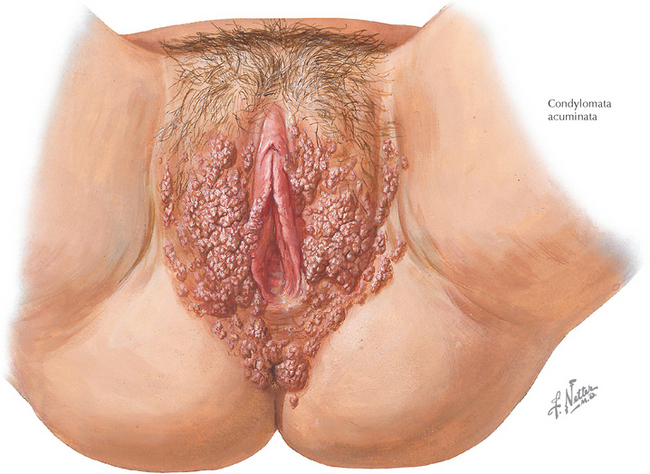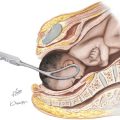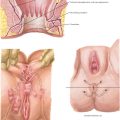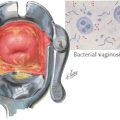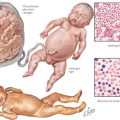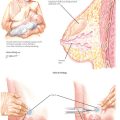Chapter 47 Sexually Transmitted Infections: Condyloma Acuminata
INTRODUCTION
ETIOLOGY AND PATHOGENESIS
CLINICAL CHARACTERISTICS
Signs and Symptoms
DIAGNOSTIC APPROACH
MANAGEMENT AND THERAPY
Nonpharmacologic
Drug(s) of Choice
Alternative Drugs
FOLLOW-UP
MISCELLANEOUS
Georgala S, Katoulis AC, Befon A, et al. Oral inosiplex in the treatment of cervical condylomata acuminata: a randomized placebo-controlled trial. BJOG. 2006;113:1088.
Vandepapeliere P, Barrasso R, Meijer CJ, et al. Randomized controlled trial of an adjuvanted human papillomavirus (HPV) type 6 L2E7 vaccine: infection of external anogenital warts with multiple HPV types and failure of therapeutic vaccination. J Infect Dis. 2005;192:2099. Epub 2005 Nov 11
Bonnez W, Elswick RKJr, Bailey-Farchione A, et al. Efficacy and safety of 0.5% podofilox solution in the treatment and suppression of anogenital warts. Am J Med. 1994;96:420.
Conley LJ, Ellenbrock TV, Bush TJ, et al. HIV-1 infection and risk of vulvovaginal and perianal condylomata acuminata and intraepithelial neoplasia: a prospective cohort study. Lancet. 2002;359:108.
Jha PK, Beral V, Peto J, et al. Antibodies to human papillomavirus and to other genital infectious agents and invasive cervical cancer risk. Lancet. 1993;341:1116.
American College of Obstetricians and Gynecologists. Human papillomavirus. ACOG Practice Bulletin 61. Washington, DC: ACOG, 2005.
American College of Obstetricians and Gynecologists. Human papillomavirus vaccination. ACOG Committee Opinion 344. Washington, DC: ACOG, 2006.
Brotzman GL Evaluating the impact of HPV-related diseases: cervical cancer and genital warts J Fam Pract Suppl HPV Prevention 2005 S3
Eckert LO, Lentz GM. Infections of the lower genital tract. In: Katz VL, Lentz GM, Lobo RA, Gershenson DM, editors. Comprehensive Gynecology. 5th ed. Philadelphia: Mosby/Elsevier; 2007:576.
Hagensee ME, Cameron JE, Leigh JE, Clark RA. Human papillomavirus infection and disease in HIV-infected individuals. Am J Med Sci. 2004;328:57.
Horowitz BJ. Interferon therapy for condylomatous vulvitis. Obstet Gynecol. 1989;73:446.
Kodner CM, Nasraty S. Management of genital warts. Am Fam Physician. 2004;70:2335.

